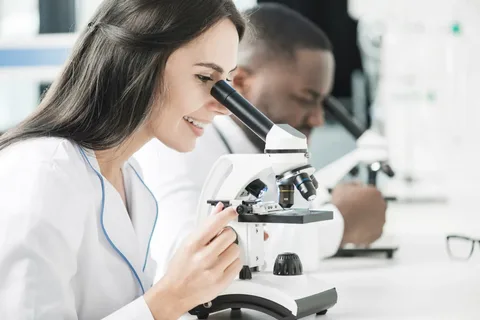Are you curious about the latest advancements in Premium Diagnostic Equipment? As technology continues to evolve, so does the world of medical diagnostics. From cutting-edge imaging technologies to new testing methods, there is a lot happening in this field. In this blog post, we will explore some of the most exciting developments in diagnostic equipment and what they mean for patients and healthcare providers alike. So buckle up and get ready for an informative journey through the world of medical diagnostics!
Introduction to Diagnostic Equipment
There is a wide range of diagnostic equipment available to doctors and medical professionals. This equipment can be used to diagnose a variety of conditions and diseases. Some of the most common types of diagnostic equipment include:
- X-ray machines: X-ray machines are commonly used to diagnose broken bones or other problems with the skeletal system.
- CT scanners: CT scanners are used to create detailed images of the inside of the body. They can be used to diagnose problems with the organs or other tissues.
- MRI machines: MRI machines use magnetic fields and radio waves to create detailed images of the inside of the body. They can be used to diagnose problems with the brain, nervous system, or other organs.
Types of Diagnostic Equipment
There are many different types of diagnostic equipment available, each designed for a specific purpose. Diagnostic equipment can be used to measure various physical parameters, such as blood pressure, heart rate, and respiratory rate. It can also be used to measure electrical activity in the heart, brain, and muscles. Diagnostic equipment can be used to image the inside of the body using X-rays, ultrasound, or magnetic resonance imaging (MRI).
Recent Developments in Diagnostic Technology
The latest developments in diagnostic equipment are designed to make the process of diagnosing a patient’s condition more accurate and efficient. One recent example is the development of portable ultrasound machines that can be used in a variety of settings, including emergency rooms and primary care offices.
Another recent development is the use of artificial intelligence (AI) in diagnostic tools. AI-enabled tools are able to analyze data more quickly and accurately than traditional methods, which can help clinicians make better decisions about diagnosis and treatment.
In the future, diagnostic technology is likely to become even more sophisticated, with the potential to integrate multiple data sources (including genomics) and provide real-time feedback to clinicians. This could ultimately lead to improved patient outcomes and reduced healthcare costs.
Advantages of Modern Diagnostic Equipment
One of the advantages of modern diagnostic equipment is that it is much more sensitive than older models. This means that it can detect even very small changes in the body, which can be important in early detection of disease. Additionally, newer equipment is often able to provide a more complete picture of the body than older models, which can be helpful in making an accurate diagnosis. Additionally, modern diagnostic equipment is often smaller and more portable than older models, making it easier to use in a variety of settings.
Disadvantages of Using Outdated Diagnostic Equipment
There are several disadvantages of using outdated diagnostic equipment. First, it may not be able to accurately detect the presence or absence of a disease or condition. This could lead to a misdiagnosis, which could have serious consequences. Second, outdated equipment may not be able to provide as much information as newer equipment, which could make it more difficult to make an accurate diagnosis. Outdated Chemistry Education Supplies may be less reliable than newer equipment and more likely to break down or malfunction.
Conclusion
New diagnostic equipment is constantly being developed, making diagnoses and treatments more accurate and effective. Diagnostic technology has come a long way in the last few decades, allowing for earlier detection of diseases and providing more options for care. These advancements are invaluable to medical professionals, and they are sure to continue improving over time. As new technologies become available, healthcare providers will be able to provide better patient care with fewer complications — something that everyone can benefit from.
